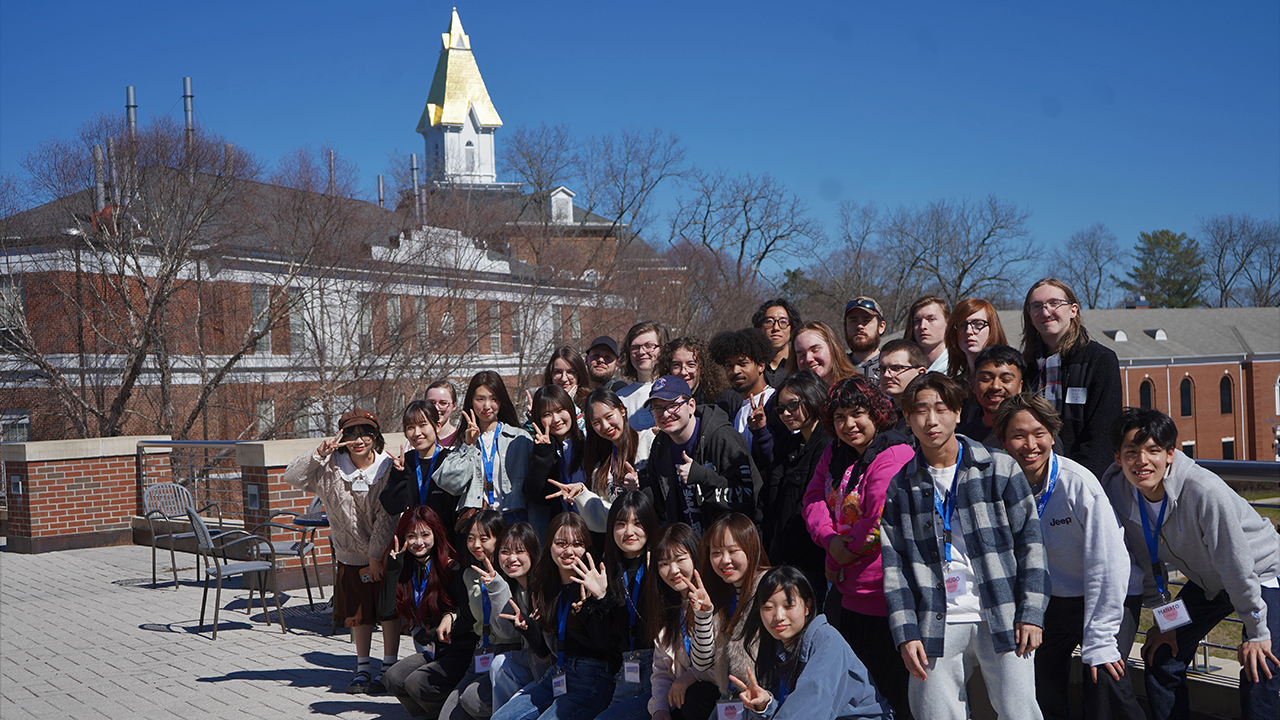WWI Centennial Commission ends mission with Bullard statue unveiling

Article By: Staff
In 1959, French President Charles De Gaulle presented Georgia native Eugene Bullard with the French Legion of Honor, the highest national military award given by the French government. Sixty years later, the Georgia World War I Commission recognized Bullard for being the first black fighter pilot to ever fly in combat.
"You have to give credit where credit is due," said Dr. Billy Wells, the senior vice president for Leadership and Global Engagement at the University of North Georgia (UNG). "And Eugene Bullard is the most exceptional GI who deserves the credit."
A statue of Bullard was unveiled Wednesday, Oct. 9, at the Museum of Aviation adjacent to Robins Air Force Base in Warner Robins, Georgia. Bullard served with the French Air Service in the French Flying Corps and set an example for others to follow. When the U.S. joined the war in 1917, however, he was unable to join the U.S. Army Air Corps because of his race.
Organized by the Georgia WWI Centennial Commission, the ceremony commemorating Bullard's statue marks the end of the state's three-year-long commemoration of WWI.
Wells, who has served as the commission's chairman, pointed out UNG's commitment to the commission. For example, Keith Antonia, associate vice president for military programs, served as a commission associate. Melissa Grizzle, administrative assistant to the vice president, provided administrative support. And the UNG Foundation supported the commission's efforts to raise money for Bullard's statue.
UNG Press also released two military titles to mark the WWI anniversary, including a reprint of the World War I story "Over the Top." It was released April 6, 2017, the centennial anniversary of when Congress officially declared war on Germany and entered the war.
Another key player in the commission's success was former state librarian Dr. Lamar Veatch. He updated the record of soldiers killed during World War I to include black soldiers who were not listed in the Georgia State Memorial Book. Now, 1,228 black soldiers are listed.
The soldier from those archives with the most impact is Bullard.
One of 10 children, Bullard was born and raised in Columbus, Georgia. He stowed away on a merchant ship to Scotland when he was a teenager. He settled in Paris and worked in a music hall. When WWI erupted, he volunteered and served in the infantry with the French. After he recovered from being wounded, he volunteered as an air gunner with the French Air Service. He then earned his pilot's license in May 1917 and flew with the French Flying Corps for 20 combat missions.
Bullard served beyond the Armistice and was discharged Oct. 24, 1919. He was awarded the Croix de Guerre, among 15 awards he received from the French government.
After the outbreak of WWII, Bullard volunteered to defend Orléans, France. He was wounded and escaped to Spain before returning to the United States.
Never fully recovered from his wounds, Bullard worked as a longshoreman, security guard and perfume salesman. His final job was as an elevator operator at Rockefeller Center.
And on Aug. 23, 1994 — 33 years after his death —Bullard was posthumously commissioned a second lieutenant in the U.S. Air Force, by President Bill Clinton.
"His story is both heroic and somewhat tragic, especially with regard to his own country," Wells said. "This man was a real American hero. And the statue will be there after other things we have done are long forgotten."



